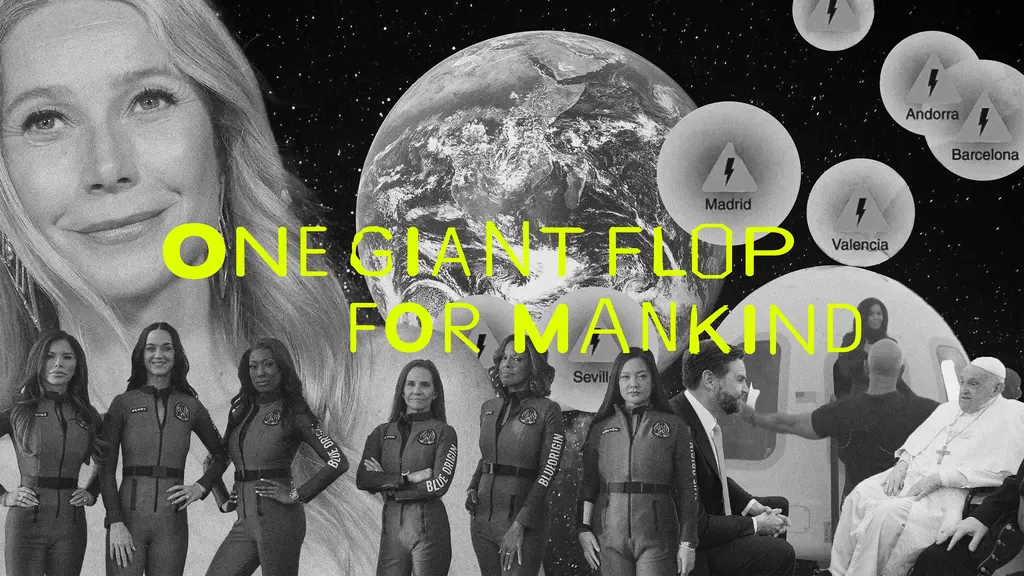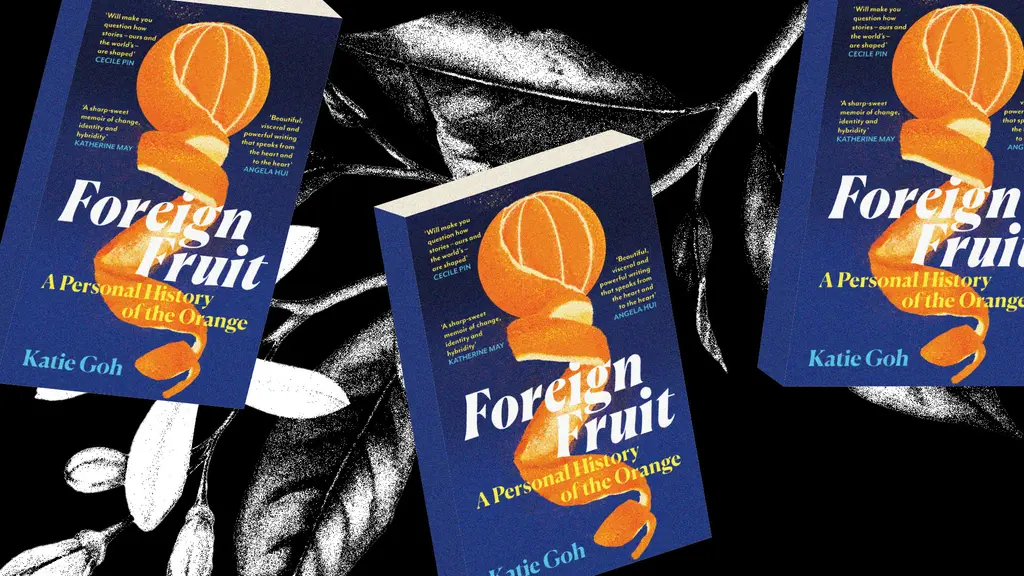A playful look at Gen X teens coming of age in 1980s America
- Text by Miss Rosen
- Photography by Sergio Purtell

Back in 1972, Sergio Purtell embarked on an adventure of a lifetime as a high school foreign exchange student. He left his hometown of Santiago, Chile, boarded an airplane for the first time, and landed in Cincinnati, Ohio, during a snowstorm.
At the airport Purtell’s host family, the Lees, turned out in full to welcome him into their brood. Like a scene out of The Brady Bunch, he shared an attic bedroom with one of the boys, donned purple corduroy bellbottoms paired with red, white, and blue sneakers, then hit the streets ready for baseball, burgers, and roller skating.
Six months later, Purtell returned home and graduated high school — only to have his dreams of college life cut short by a military coup organized by US Secretary of State Henry Kissinger. In lightning speed socialist President Salvador Allende was executed and in his place, the despot General Augusto Pinochet began his reign of terror.


Unlike so many of his compatriots, Purtell could escape. His father was an American (who skipped out town while his mother was pregnant). “My mother told me he had died. It was only later I found out that what she really meant was that he was dead to her,” he says.
Purtell returned to the only home he had ever known, spending a year with the Lees and working odd jobs. After discovering he had a half brother living in New England, Purtell hopped a Greyhound bus and began a new chapter of his life in America.

Now settled in, Purtell could finally pick up where he left off, only with his newfound passion for photography. He studied at the Rhode Island School of Design and then Yale, where he began working on a series that would become the new book, Moral Minority (Stanley/Barker), a portrait of Gen X teens coming of age in 1980s America.
Conceived as a heartfelt love letter to the people of his adopted home, Purtell looks back on his archive made some four decades ago with a knowing eye of one who has seen their homeland fall to fascism.




While his photographs are fun, bubbly scenes of innocence, the book title is a call back to a dark chapter of American history. With Ronald Reagan in the White House, Christofascism was on the rise, calling themselves the “Moral Majority” to push religious doctrine through the Republican Party.
“I began to see the inequalities and the balances of power in this nation, how groups of people are pulled apart by race or religion, the levels of disparity that kept people in their classes under the guise of morals or religion. Greed was good when dressed as an embodiment of American freedom and liberty,” Purtell says.
Purtell’s photographs of everyday life stand as a poignant counterpoint to the rapacious appetite of fascism that runs rampant today. “Because of what I had gone through in Chile, I could smell fascism in the air: by the way Trump addressed and abused people and did as he pleased, his poise and agenda,” he says. “All the things that I saw Pinochet do, and that are contrary to democracy.”

Enjoyed this article? Follow Huck on Instagram.
Support stories like this by becoming a member of Club Huck.
You might like

In Medellín’s alleys and side streets, football’s founding spirit shines
Street Spirit — Granted two weeks of unfettered access, photographer Tom Ringsby captures the warmth and DIY essence of the Colombian city’s grassroots street football scene.
Written by: Isaac Muk

Remembering New York’s ’90s gay scene via its vibrant nightclub flyers
Getting In — After coming out in his 20s, David Kennerley became a fixture on the city’s queer scene, while pocketing invites that he picked up along the way. His latest book dives into his rich archive.
Written by: Miss Rosen

On Alexander Skarsgård’s trousers, The Rehearsal, and the importance of weirdos
Freaks and Finances — In the May edition of our monthly culture newsletter, columnist Emma Garland reflects on the Swedish actor’s Cannes look, Nathan Fielder’s wild ambition, and Jafaican.
Written by: Emma Garland

Why Katy Perry’s space flight was one giant flop for mankind
Galactic girlbossing — In a widely-panned, 11-minute trip to the edge of the earth’s atmosphere, the ‘Women’s World’ singer joined an all-female space crew in an expensive vanity advert for Jeff Bezos’ Blue Origin. Newsletter columnist Emma Garland explains its apocalypse indicating signs.
Written by: Emma Garland

Katie Goh: “I want people to engage with the politics of oranges”
Foreign Fruit — In her new book, the Edinburgh-based writer traces her personal history through the citrus fruit’s global spread, from a village in China to Californian groves. Angela Hui caught up with her to find out more.
Written by: Angela Hui

We are all Mia Khalifa
How humour, therapy and community help Huck's latest cover star control her narrative.
Written by: Alya Mooro

